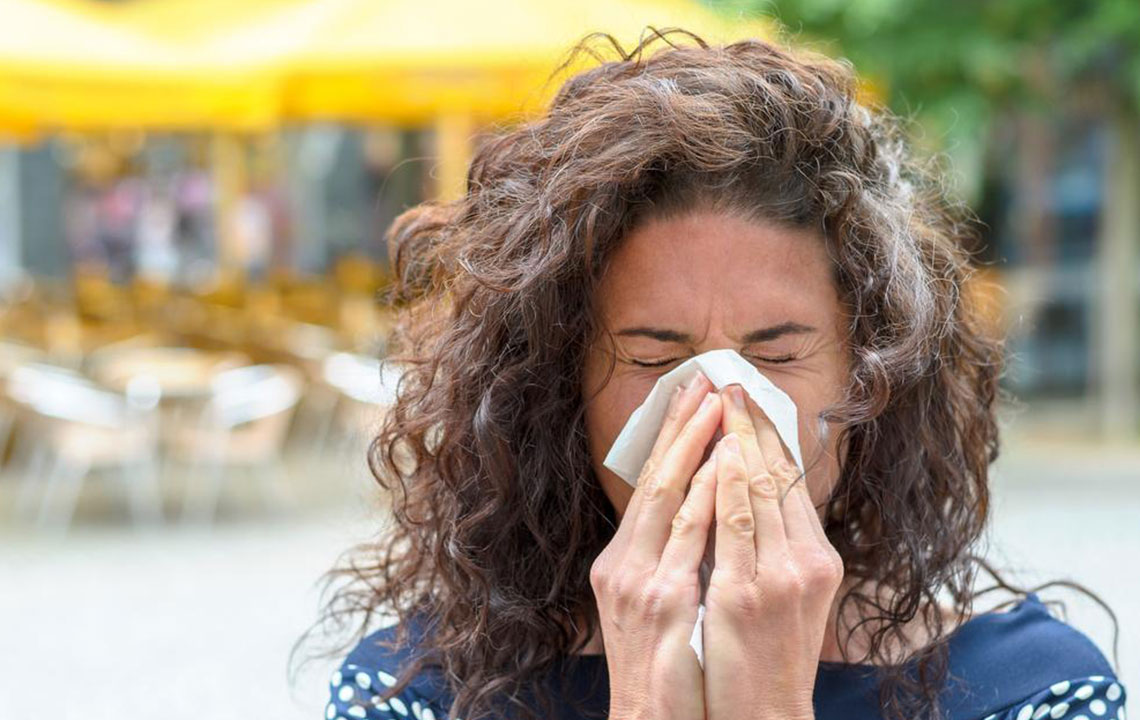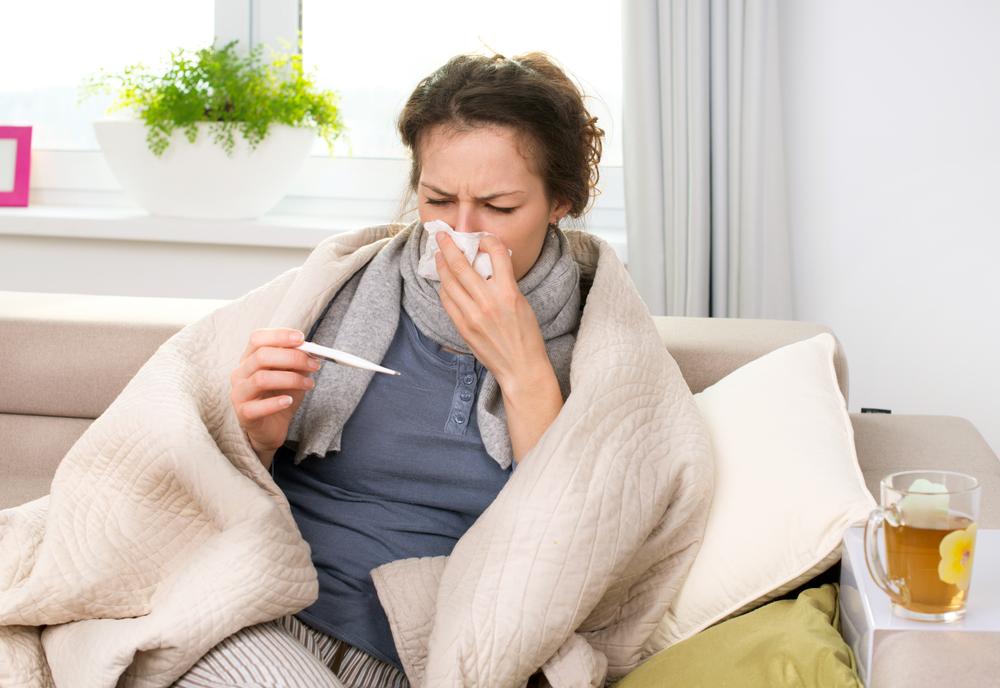Comprehensive Guide to the Causes of Cold and Flu: How Viruses Infect Your Body
Discover a thorough understanding of cold and flu causes, including how over 200 viruses infect the respiratory system, their transmission routes, and effective prevention strategies. Learn how viruses like rhinoviruses and influenza spread through droplets and contaminated surfaces, leading to common symptoms. Prioritize hygiene and hygiene habits during peak seasons to protect yourself and others. This detailed guide offers essential insights into respiratory illnesses, emphasizing immune response, hygiene practices, and proactive health measures to reduce infection risks.

Comprehensive Guide to the Causes of Cold and Flu: How Viruses Infect Your Body
The common cold and influenza, often collectively referred to as the flu, are among the most widespread respiratory illnesses globally, especially during colder months. Despite misconceptions that cold weather alone causes these illnesses, the primary culprits are a variety of viruses that invade the respiratory system. Understanding the causes and transmission routes of these viruses is essential for effective prevention and management. This in-depth exploration sheds light on the viruses responsible for cold and flu, how they spread, and what triggers the symptoms associated with these infections.
Respiratory viruses responsible for colds and flu are numerous, but over 200 strains have been identified that can infect the human respiratory tract. These viruses require a host to replicate, compromising the immune system and leading to the characteristic symptoms such as runny noses, coughs, sore throats, fevers, and muscle aches. Recognizing the differences between the viruses and their modes of transmission can help individuals adopt better hygiene practices to reduce infection risks.
The common cold is primarily caused by rhinoviruses, which are highly prevalent and adaptable. These viruses can survive on surfaces for up to three hours, making contact and fomite transmission particularly efficient. In addition, other viruses like adenoviruses, coronaviruses (distinct from those causing COVID-19), parainfluenza viruses, and respiratory syncytial viruses (RSV) contribute to cold infections. The influenza viruses—types A, B, and C—are the main agents responsible for seasonal flu outbreaks. They are highly contagious and tend to spread rapidly during the colder months of fall and winter.
Transmission of cold and flu viruses occurs mainly through inhalation of droplets and contact with contaminated surfaces. When an infected person coughs, sneezes, or talks, tiny respiratory droplets are expelled into the air. These droplets can linger in the environment for varying periods, depending on the virus and environmental conditions, increasing the likelihood of inhalation by others nearby. Additionally, touching surfaces contaminated with infectious droplets—such as doorknobs, smartphones, or handrails—and then touching your face, mouth, or eyes allows the viruses to enter your body via mucosal membranes.
Understanding the infection process is crucial for effective prevention. Once inside the host, these viruses attach to and invade respiratory epithelial cells. They begin to replicate, destroy host cells, and trigger an immune response. The symptoms of cold and flu primarily result from this immune response, which causes inflammation, mucus production, muscle aches, fatigue, and other typical signs. The severity of symptoms can vary based on the strength of the immune system, the specific virus strain, and the overall health of the individual.
Preventive measures such as frequent handwashing, using hand sanitizers, wearing masks, and maintaining proper respiratory hygiene are vital in minimizing virus transmission. Additionally, avoiding close contact with infected individuals and disinfecting commonly touched surfaces during peak seasons can significantly reduce the risk of contracting or spreading these illnesses.
Ultimately, understanding the primary causes and transmission pathways of cold and flu viruses allows individuals to take proactive steps towards safeguarding their health. While no method guarantees complete protection, adopting good hygiene practices during high-risk seasons can drastically reduce your chances of falling ill and help manage outbreaks more effectively. Staying informed about circulating virus strains and practicing preventive measures can keep you healthier throughout the cold and flu season.





